How Computer Vision is Revolutionizing AI Inventory Management?
Embracing computer vision and AI for inventory management not only streamlines operations but also creates an immersive experience for retailers.
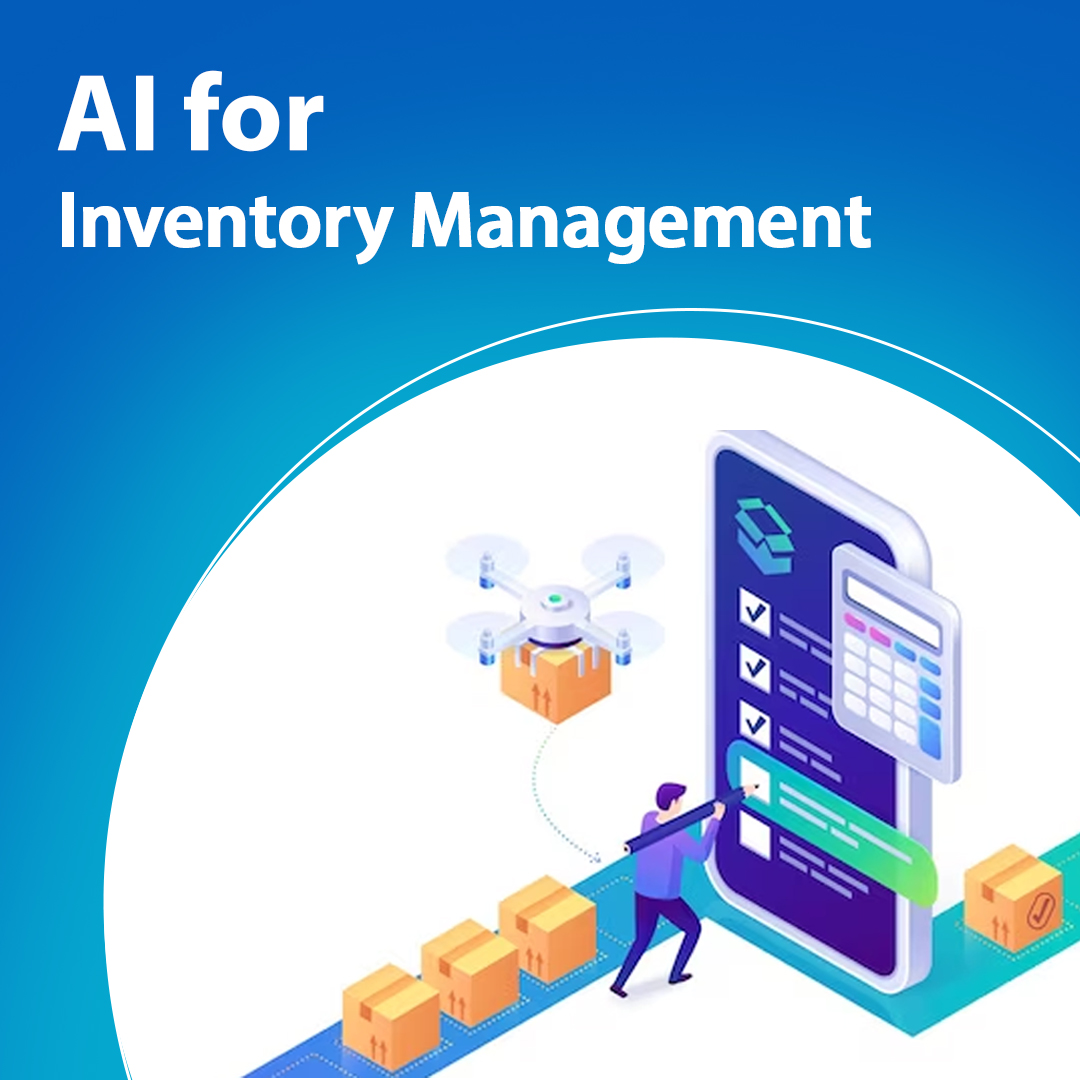
Decode the Chaos in Inventory Management: Explore How We Improve Demand Forecasting and Tackle Overstocking for Optimal Efficiency
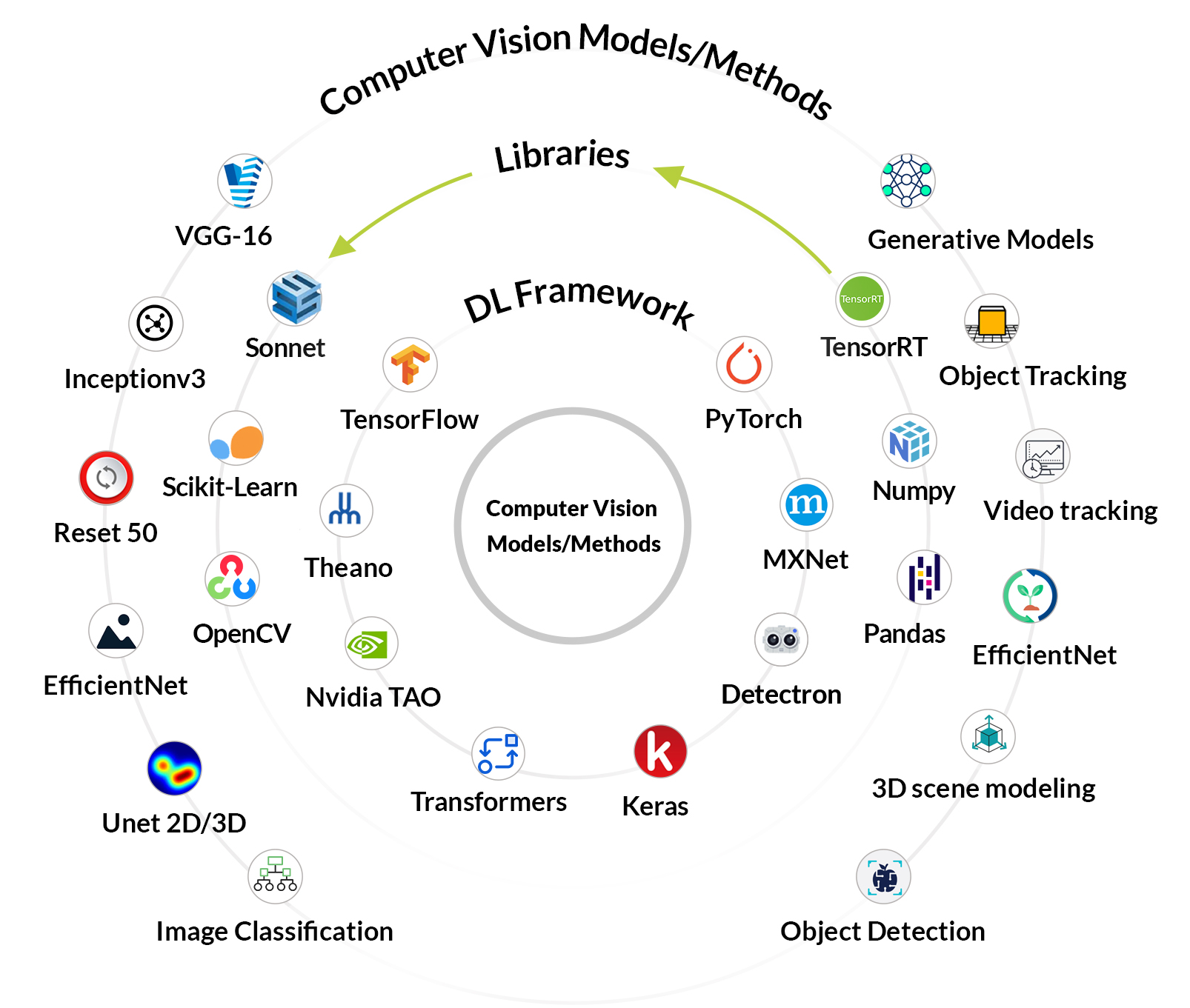
“Computer vision is taking retail personalization to unprecedented heights. In the era of big data, CV goes a step further to enable hyper-personalization, creating experiences that align so perfectly with individual customer preferences that they feel custom-made.”– Forbes
What is Inventory Management?
Inventory management is pivotal in tracking goods from production to warehouses and sales points, an integral aspect of the supply chain. With dispersed inventory for multichannel fulfillment, accurate visibility becomes crucial to fulfill client orders promptly, reduce lead times, and minimize stockouts, oversells, and markdowns. A well-designed inventory management system seamlessly integrates both automated and manual procedures, necessitating shared logic for optimal efficiency. The ultimate aim is to ensure the precise placement of products at the right time, converging all aspects of the supply chain. Parallelly, the integration of computer vision and AI based inventory management mirrors human vision on a singular level but excels in speed and accuracy, surpassing human capabilities in identifying objects, gauging distance, detecting motion, and scrutinizing image abnormalities through the synergy of cameras, data, and algorithms.
How Can Computer Vision and Machine Learning Help
In diverse industries like healthcare and autonomous vehicles, computer vision, a facet of artificial intelligence, has significantly transformed business operations. Its evolution, coupled with machine learning (ML) models, has brought it on par with human vision. Particularly in addressing the 8% Out-of-Stock (OOS) rate in On-Shelf Availability (OSA) tracking, computer vision, and ML play a pivotal role in enhancing inventory visibility. Retailers leverage real-time data collection through photos and videos captured by various devices, including phones, robots, drones, and fixed cameras. This technology not only tracks inventory but also identifies mislabeled or damaged goods, estimates demand fluctuations, and automates supplier orders. The integration of computer vision into OSA workflows empowers retailers to make informed decisions, gaining a competitive edge with real-time product availability information. Industry data reveals that a mere 2% increase in OSA correlates with a 1% rise in sales for retailers, while manufacturers experience a 3% increase in OSA leading to a 1% gain in sales. AI inventory management, through computer vision and ML, emerges as a transformative force in optimizing retail operations.
6 Ways to Revolutionize AI Inventory Management
Computer vision and artificial intelligence in inventory management systems execute tasks based on their designed purpose, ranging from simple to complex functions. This hierarchical categorization ensures optimal performance and task-specific efficiency, highlighting the revolutionary impact of AI inventory management.
 1. Image Segmentation & Recognition
1. Image Segmentation & Recognition
In AI inventory management, image segmentation and recognition play a pivotal role. This sophisticated capability allows the AI system to discern focal regions within images based on specific criteria, such as color or grey values. This proves invaluable, especially in insurance claim evaluations, where the AI can swiftly pinpoint areas of interest within accident documentation by analyzing textual cues. AI-powered systems optimize inventory classification, minimizing errors, with accuracy rates exceeding 90%. This breakthrough highlights the revolutionary influence of AI in improving image-related procedures within inventory management by contributing to a 17% increase in order fulfillment speed and a 23% decrease in operational costs. Image identification involves categorizing objects, locations, logos, etc., utilizing neural networks trained on meticulously curated datasets. In authentication systems, convolutional neural networks (CNN) are commonly employed for precise image recognition. In the context of AI inventory management, this technology enhances efficiency by accurately segmenting and recognizing items within images, streamlining processes, and ensuring optimal inventory control.
2. Object Detection
Object or movement detection stands as a fundamental task in computer vision. This task revolves around the computer’s ability to discern the presence of visible entities without delving into a comprehensive understanding of their nature. The AI model efficiently undertakes object or motion detection, even in complex images, by leveraging training on a dataset comprising annotated bounding boxes around objects or motions. Through this process, the model learns to swiftly identify and delineate entities within the inventory context. Businesses that use this technology see a 37% decrease in discrepancies in inventory, which improves accuracy, streamlines procedures, and eventually results in an 18% increase in total operational efficiency. This capability proves instrumental in optimizing inventory management systems, enhancing accuracy, and expediting processes by promptly recognizing the presence or movement of items within a given visual dataset. Object or movement detection, within the context of AI inventory management, thus contributes significantly to the overall efficiency and precision of inventory control mechanisms.
3. Image Generation
Generative Adversarial Networks (GANs) are pivotal for creating novel images, with applications ranging from tailored marketing to data augmentation. The challenge lies in achieving realism in generated images, requiring extensive visual input for neural networks. Without sufficient data, the results may appear patchy. While ML models can’t generate entirely original images, they amalgamate familiar features, akin to our brain’s process during dreaming. The key is leveraging substantial data to enhance the seamless and organic integration of features. Despite computational demands, advancements in processing power contribute to refining image generation. With respect to AI inventory management, this technical prowess underscores the potential for GANs to revolutionize image-based data augmentation and marketing strategies, displaying their role in optimizing inventory-related tasks.
4. Efficient Order Fulfillment
Efficient order fulfillment is critical for customer satisfaction and corporate success, with computer vision technologies playing a pivotal role in automation. AI-powered solutions excel at accurately and rapidly detecting specific objects within warehouse environments. This precision facilitates the automation of picking and sorting processes, minimizing the risk of human error, and expediting order fulfillment. Introducing warehouse robots equipped with computer vision enhances productivity further, enabling them to locate products in intricate settings, transport them to designated areas, and navigate seamlessly throughout the warehouse. In the context of AI inventory management, the constructive collaboration of computer vision and automation optimizes the efficiency of order fulfillment, highlighting the transformative impact of AI technologies on enhancing operational processes within the inventory management domain.
5. Predictive Analytics and Optimization
Computer vision systems generate extensive visual data, serving as a valuable resource for advanced analytics and optimization. AI systems analyze this data to discern trends, patterns, and operational inefficiencies within warehouses. Leveraging these insights, warehouses can make informed, data-driven decisions to optimize workflows, allocate resources more efficiently, and enhance overall operational efficiency. This approach results in superior resource utilization, heightened production levels, and significant cost savings. In AI inventory management, the utilization of visual data for analytics and optimization underscores the transformative impact of AI technologies on refining operational processes. This data-centric approach not only empowers warehouses with actionable insights but also exemplifies the profound influence of AI in elevating the efficiency and effectiveness of inventory management strategies.
6. Reduce Overstocking
Accurate product forecasting, while beneficial, can lead to overstocking challenges, resulting in increased expenses and potential inventory obsolescence. Computer vision technology emerges as a solution, leveraging previously collected data to enhance forecasting precision. Ongoing innovations in retail inventory management make computer vision more accurate, cost-effective, and user-friendly. This motivates retail business owners to adopt technology seamlessly, enabling business growth without major operational changes. By harnessing artificial intelligence, retailers can mitigate overstocking risks, optimize storage costs, and minimize inventory obsolescence. This technological integration facilitates revenue growth, fosters lasting customer relationships, and ensures the smooth operation of retail businesses. In the landscape of AI inventory management, the evolving accuracy and accessibility of computer vision technology presents a valuable tool for retailers navigating the challenges of inventory optimization.
Future Advancements in Computer Vision and AI Inventory Management
AI inventory management is undergoing a profound transformation with the rapid advancements in computer vision. Machine learning algorithms are now adept at discerning diverse products and identifying specific attributes such as packaging or expiration dates. This revolution promises heightened productivity, accuracy, and efficiency, offering businesses the potential to enhance profitability, minimize losses, and optimize operational processes. The strategic integration of artificial intelligence and image recognition into inventory management represents a decisive step toward sustained success. Looking ahead, continual technological progress is anticipated to reshape how companies manage their inventory.
- A notable innovation in this sector is the deployment of inventory drones, leveraging innovative computer vision algorithms for autonomous navigation within warehouses.
- Equipped with advanced cameras, sensors, and deep learning capabilities, these drones capture and analyze product images, furnishing precise data on stock levels and locations.
The era of AI inventory management is marked by a fusion of technological prowess and operational excellence.
Conclusion
The landscape of inventory management has undergone a transformative shift through the integration of AI and computer vision technology. Demonstrating efficacy in augmenting productivity, precision, and worker safety across diverse applications—ranging from inventory management to order fulfillment, quality assurance, safety, and optimization—computer vision systems have proven pivotal. Foreseeing ongoing progress in these domains, along with the widespread adoption of AI inventory management, holds the promise of amplified output, reduced costs, and heightened customer satisfaction. The trajectory of warehousing points towards leveraging AI and computer vision for the creation of smarter, safer, and more efficient warehouses. With boundless possibilities, continued technological evolution is poised to unveil further breakthroughs in the field. The amalgamation of AI and computer vision is not only reshaping inventory operations but also setting novel benchmarks for productivity and efficiency in the industry.
In the landscape of computer vision technology, NextGen Invent offers both AI app development services and computer vision app development services rooted in machine learning solutions. For those seeking a technology partner for computer vision projects, contact our team who stand ready to bring innovative ideas to fruition.
Related Blogs
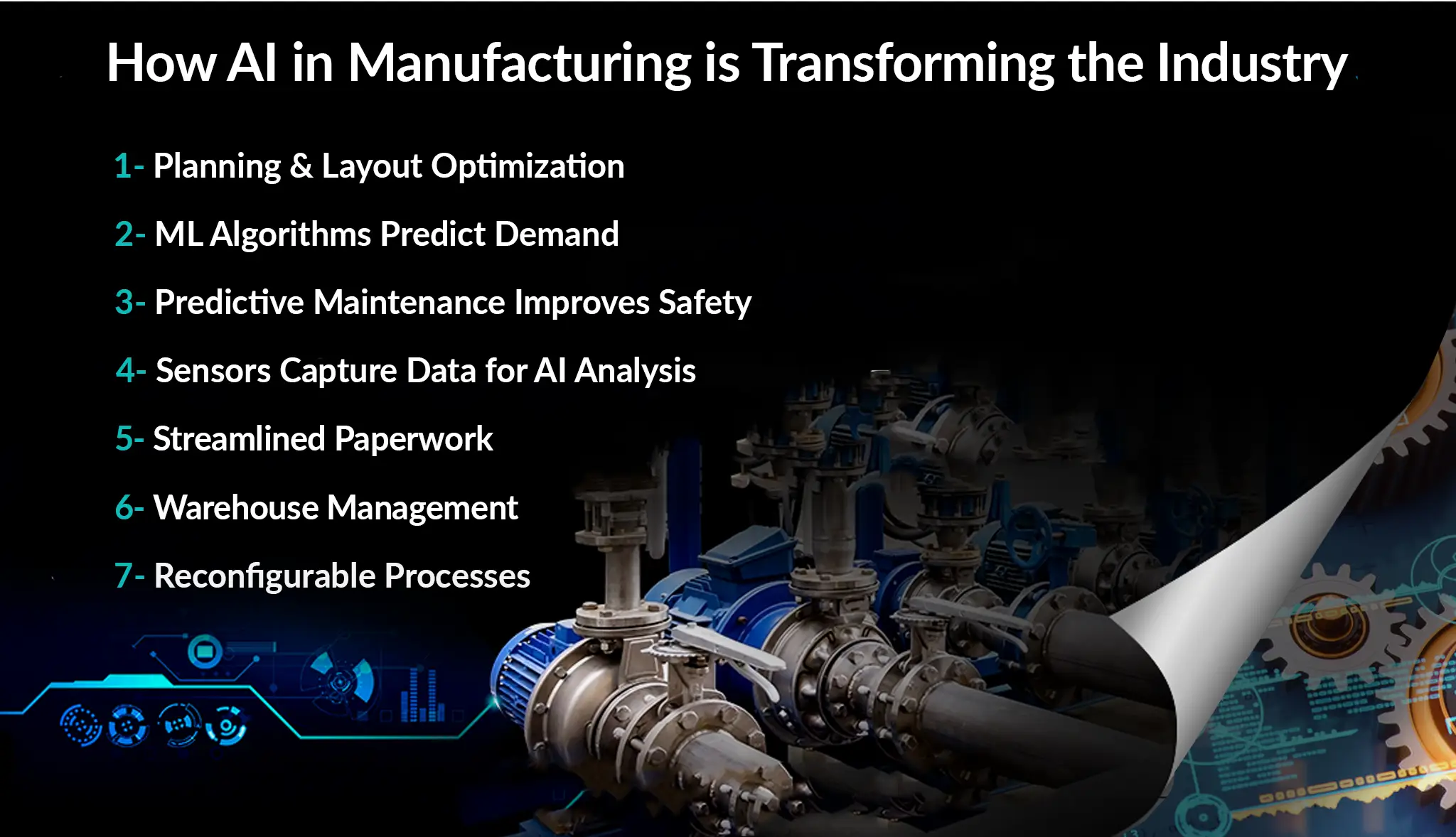
How AI in Manufacturing is Transforming the Industry?
A fiercely global economy can be kept competitive with the advent of AI in manufacturing. The integration of artificial intelligence in manufacturing brings transformative potential, employing algorithms to process data from sensors and human inputs.

How AI Is Impacting Supply Chain Management?
Industry experts are certain that AI in supply chain management will “change the game”. It is rapidly emerging, with the ability to process vast amounts of operational data generated by a range of sources, including cloud-based applications and sensors.
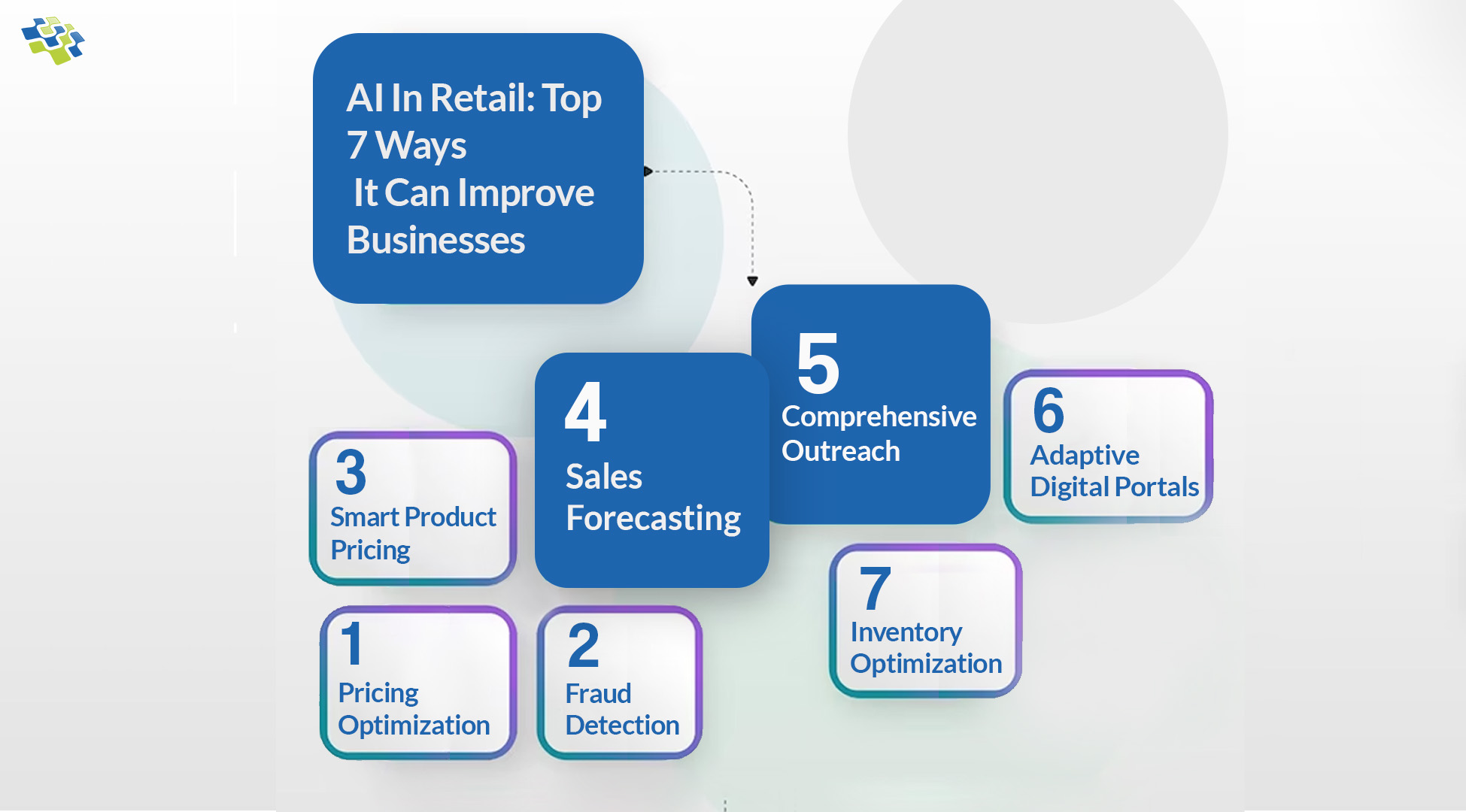
How Can AI Transform Your Retail Business?
In the current global economy, retail enterprises must put profit and productivity first. To be successful and keep a step ahead of the competition, rapid and effective action is required. AI in retail can enhance operations, boost revenues and streamline workflows.
Stay In the Know
Get Latest updates and industry insights every month.
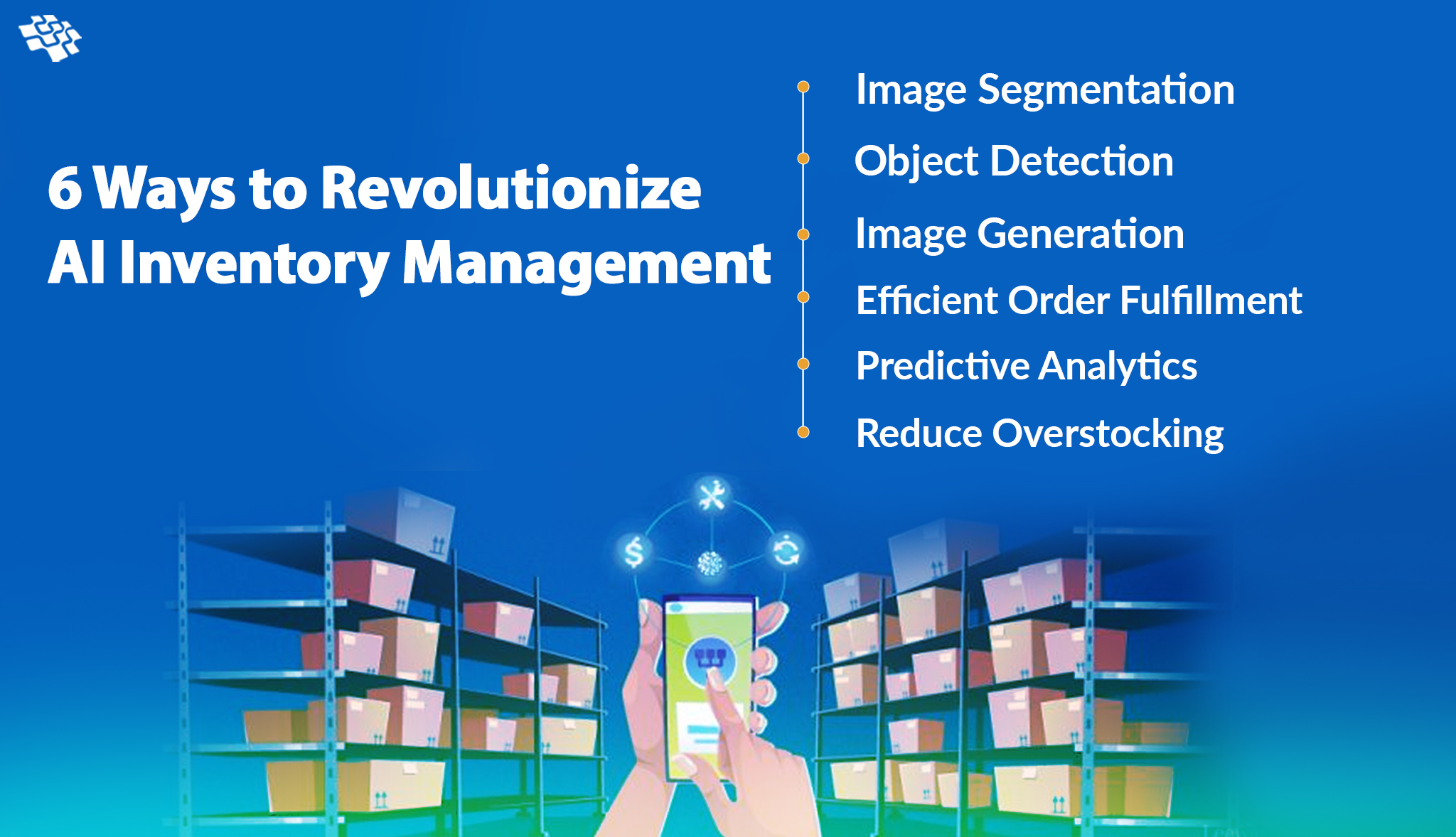 1. Image Segmentation & Recognition
1. Image Segmentation & Recognition